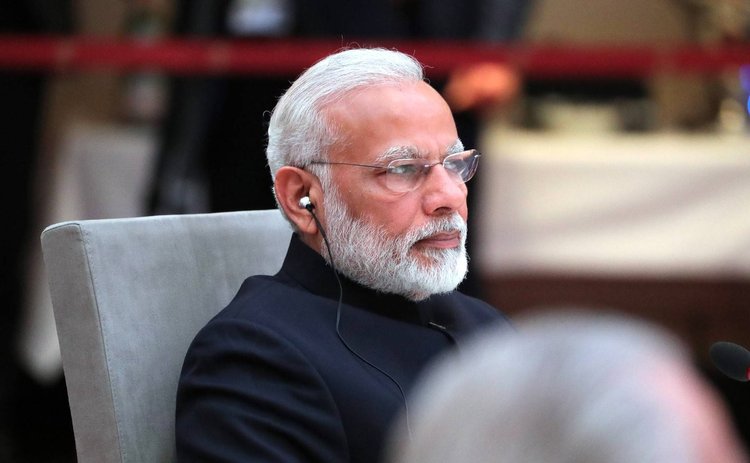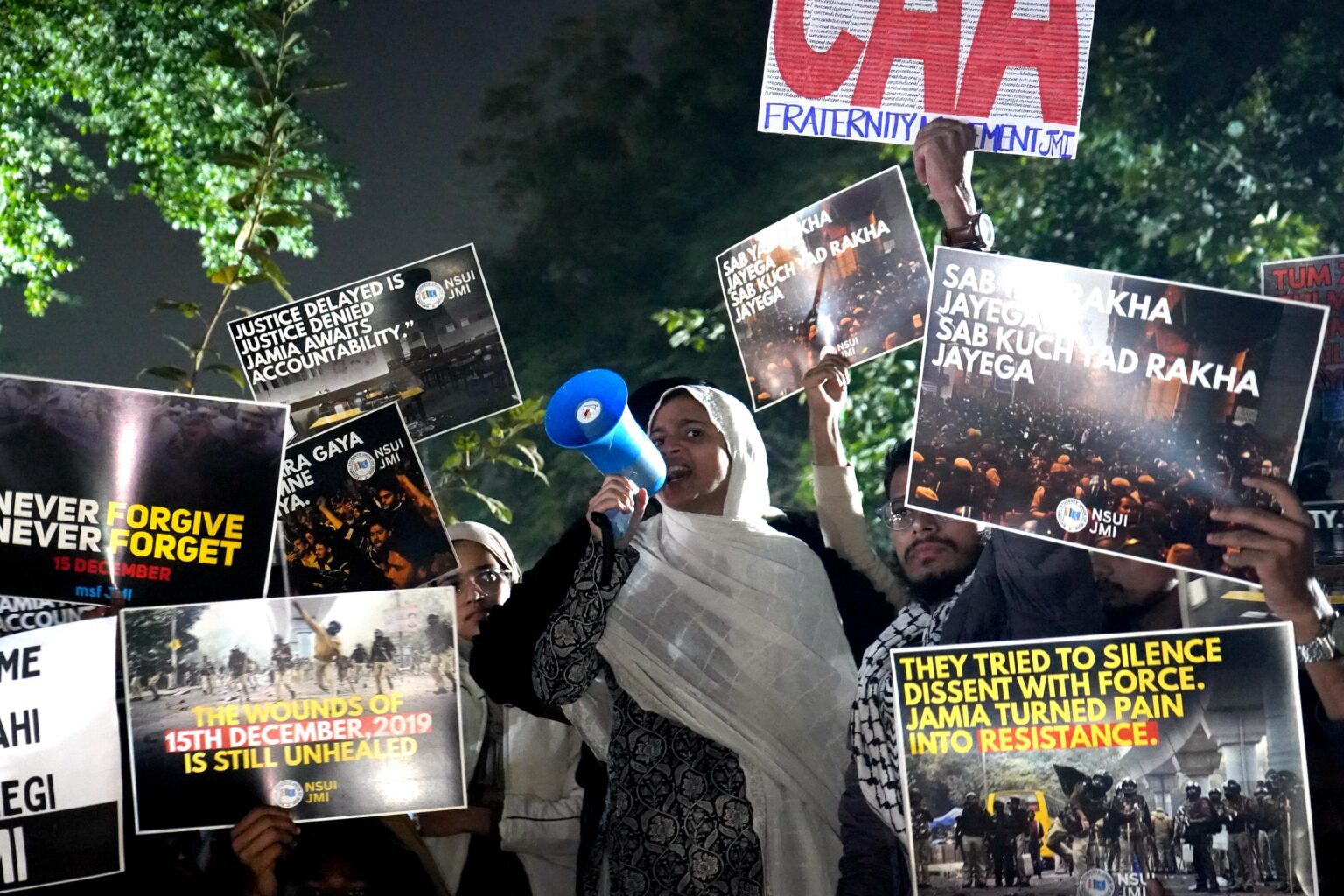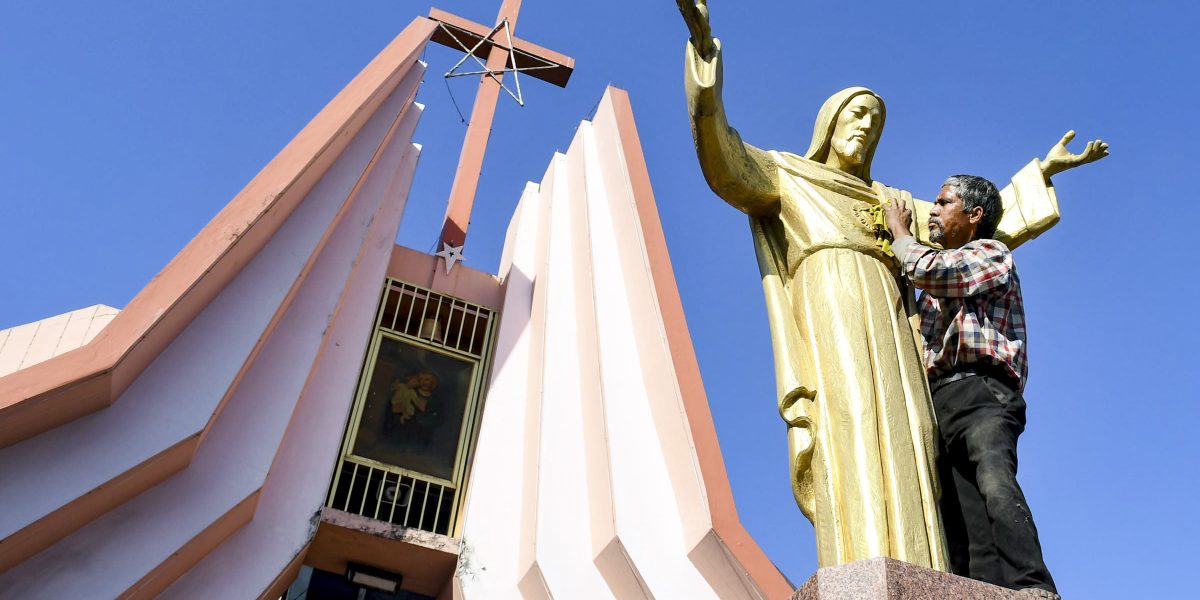
By Riya Singh Rathore and Shadab Farooq
NEW DELHI — On any given day in India’s capital, cars whiz through crowded roads with their rear windshields reading the word, “HINDU.” Small gas tanks boasts “Brahman” — a member of the highest Hindu — while the bright yellow hoods of auto rickshaws declare “Jai Sri Ram,” an expression meaning “Victory to Lord Rama.”
On these busy streets, vehicles adorned with Hindu symbols are more than just modes of transport — they have increasingly become mobile expressions of political and religious identity. The proliferation of these Hindu stickers has transformed everyday commuting, a phenomenon deeply intertwined with rising religious tensions.
A decades-long flashpoint in India’s sectarian politics reached a climax last year with the inauguration of Ram Mandir, a temple on a contested holy site that was once home to a mosque in the city of Ayodhya, in India’s northern Uttar Pradesh state.
For Hindus, the site marks the birthplace of Lord Ram, one of the most revered deities in the Hindu faith. Ram Mandir also marked a turning point in the popularity of religious symbols on vehicles.
A sticker shop owner named Gaurav, who did not want to give his last name, said, “When Hindu-Muslims riots happen, that is when the sticker sales go up.”
In the four years he’s owned the shop, he said the most orders have come around the time of the Ram Mandir’s inauguration.
“Everyday, at least five to ten people came for Jai Sri Ram stickers,” he added.
But Gaurav isn’t always turning a profit: “I gave them out for free!”
This story was originally published in religionunplugged.com. Read the full story here.





